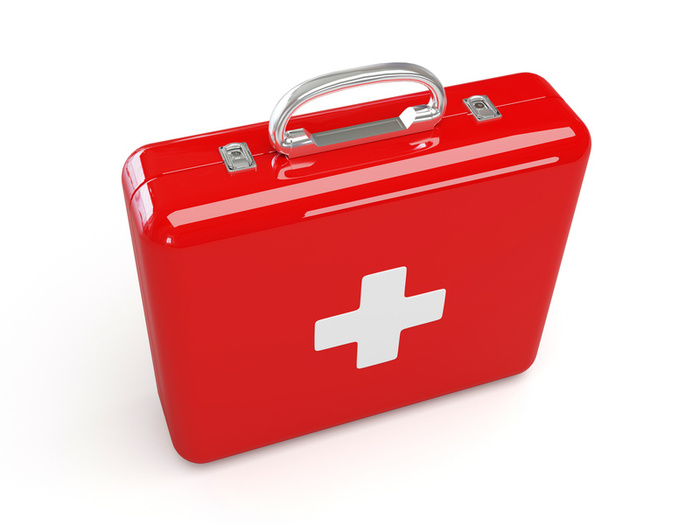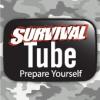

| Visitors Now: | |
| Total Visits: | |
| Total Stories: |
What to Keep in Your Emergency First Aid Kit

First, you need to get yourself and your patient away from any dangers that may be present. Second, call for help or send someone to get help, if doing so is possible. In remote areas, this might mean signaling for help after treating the patient. Third, treat the wounds as best you can with a first aid kit. This kit should include a minimum of the following:
Non-stick Dressings and Bandages: These versatile items are critical for controlling bleeding and for applying pressure to open wounds. As a bonus, you can use them as emergency fire-starting tinder.
Headlamp: A reliable headlamp should be right in the top of your medical bag, to allow you to see what you are doing after dark.
SAM Splint: This is a flexible, multi-purpose splint that is useful for many injuries. Most importantly, a SAM splint can help to immobilize broken bones and neck injuries.
Latex Gloves: These are for your protection. You never know who might have a communicable disease, or what you may have to touch while providing first aid.
Disinfectant: This could be Betadine or a similar product used to disinfect a wound or equipment. Betadine can even be used to disinfect drinking water. (link to post on household chemical water treatment)
Butterfly Strips, Tape and Gauze: I lump these items together as bandaging material.
Band Aids: From bites, blisters, and burns to cuts, corns, and circumcisions, Band Aids cover them all.
Tweezers, Scissors and a Pocket Knife: These are all important tools of the medical trade.
Epipen: This is to treat anaphylaxis and other dangerous allergic reactions.
Assorted Medicines: You’ll need an assortment of meds, such as antibiotic ointment, burn gel, antihistamine, laxatives, anti-diarrhea medicine, pain reliever, and anything else that you can fit in your kit.
2012-11-06 11:03:08
Source: http://www.survival-tube.com/apps/blog/show/19776599
Source:



